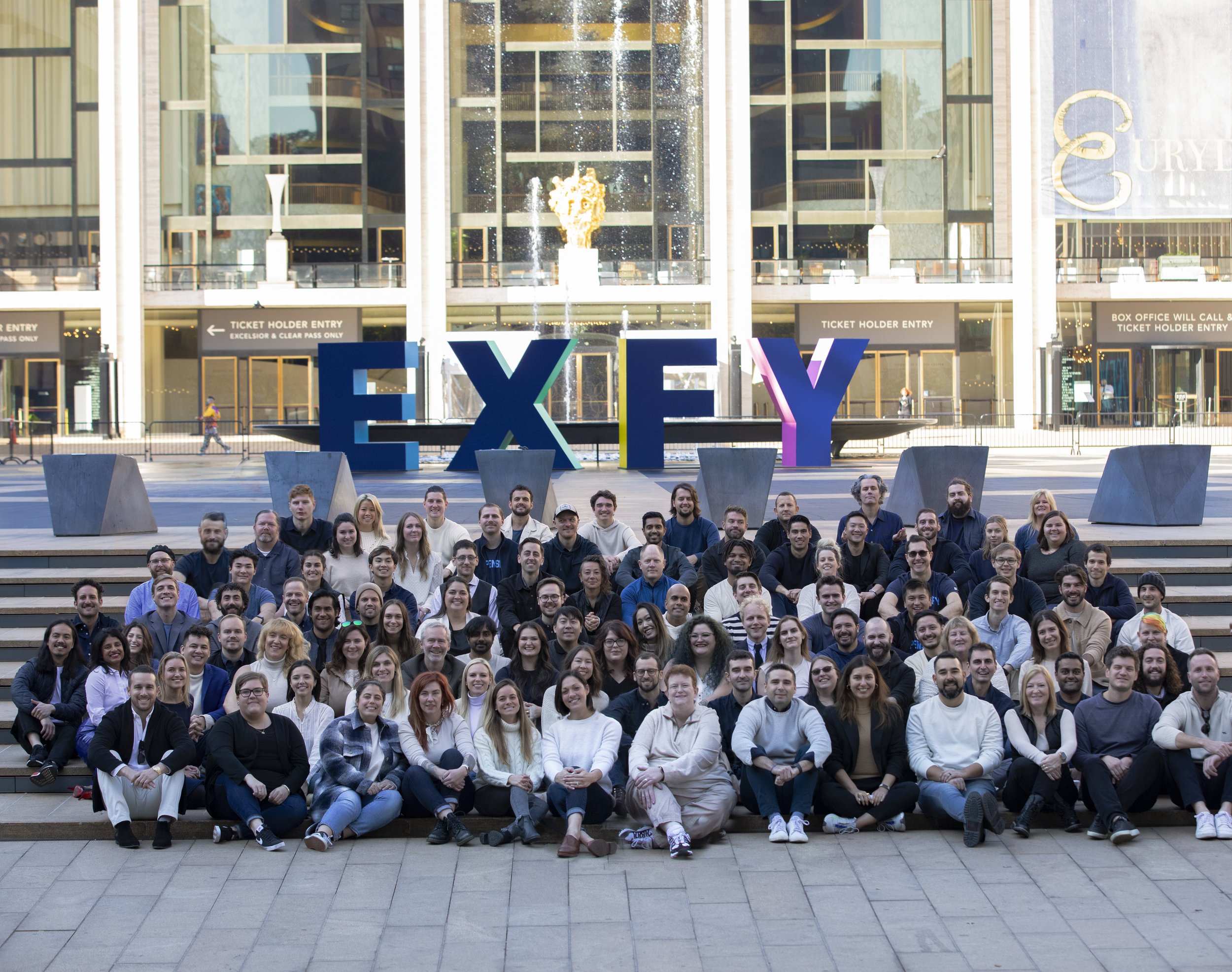Who We Are
Who We Are
What We Do
Our unique approach to solving a real-world problem allows people to spend less time managing expenses and more time pursuing their real goals. Today, as one of the highest revenue-per-employee companies in the world, we have more than 12 million people using Expensify across the globe. We’re the fastest-growing preaccounting platform in the world, with more customers than the rest of the industry combined. We reimburse millions of dollars every day, process billions every year, and serve customers in more than 200 countries and territories.
When thinking of what to work on next, we always strive to dream bigger. What’s the biggest, craziest thing we can imagine doing? Then, we figure out how to make our aspirations a reality and raise the bar even higher the next time around. For example, in 2016, we hosted an all-expenses-paid conference at a luxury resort in Hawaii. Then, in 2018, we upped the ante and hosted all of our top partners on a private island in Bora Bora. Shortly after that, we launched a Super Bowl ad campaign with 2Chainz and Adam Scott, which included a full-length rap video about - you guessed it - expenses.
Taking it one step further, we also apply the same problem solving approach to our company and to our philanthropic endeavors! In 2021, to broaden our commitment to justice, we’re donating 25 cents for every dollar paid to a white male at Expensify to expand Expensify.org’s initiatives. By using gender gap pay data, we’re directly linking equity with how the financial donation is calculated to help combat the injustice we’re attempting to eliminate.
What’s next? Join our team to find out!
Meet Our Team
From San Francisco to Portland and London to Melbourne, we’ve got one hell of a team that just can’t stop growing. We’re collaborators, innovators, friends, and for a month each year, travel buddies. Meet our diverse team of Expensifiers!





